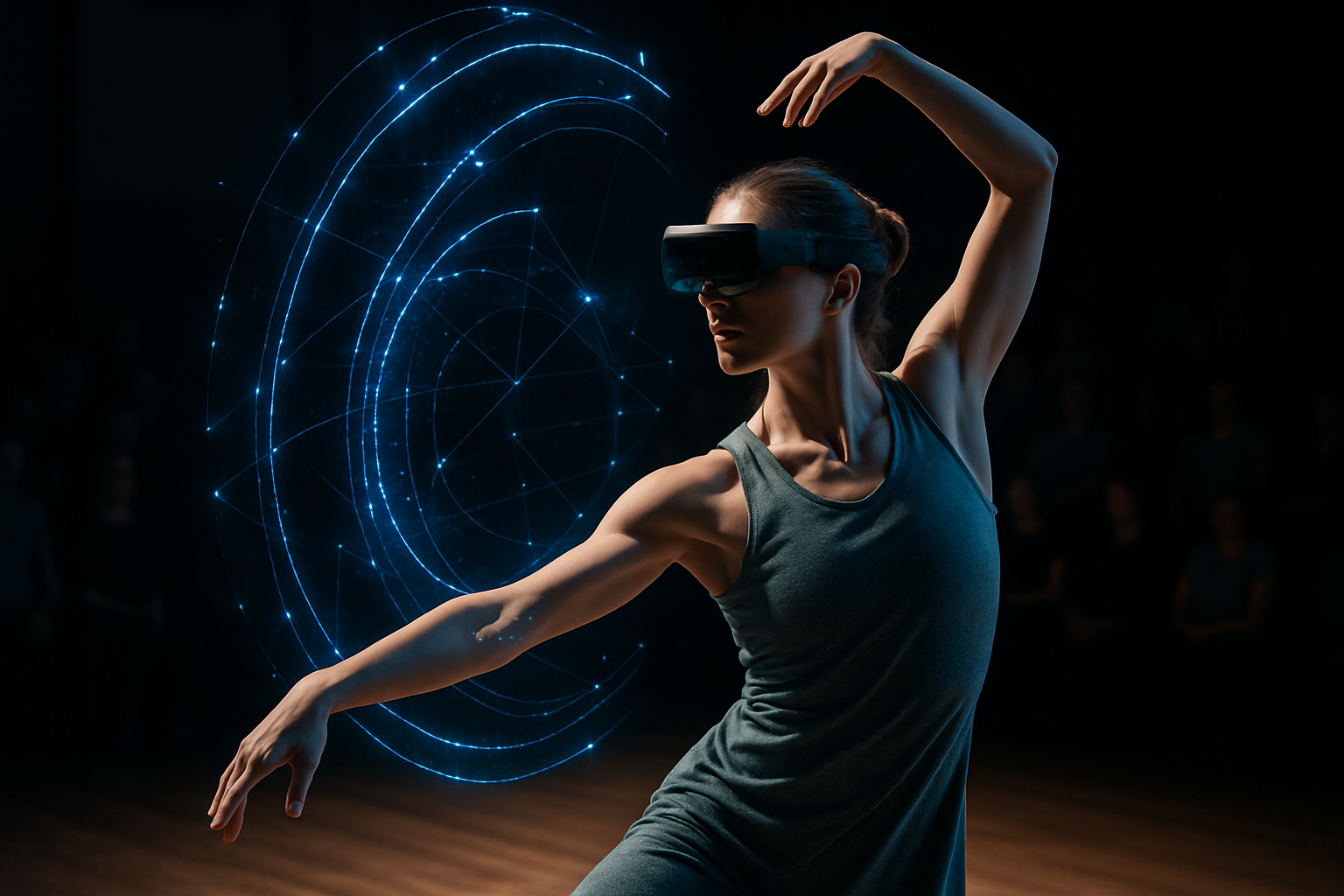Holographic Haptics: Touch the Untouchable
In a world where digital interactions are becoming increasingly prevalent, the quest for more immersive and tangible experiences continues. Enter holographic haptics, a cutting-edge technology that promises to revolutionize how we interact with digital content. By combining the visual allure of holograms with tactile feedback, this innovative approach is set to bridge the gap between the virtual and physical realms, offering users the ability to touch and manipulate objects that don't physically exist.

The concept gained traction in 2014 when researchers at the University of Bristol demonstrated a prototype system that allowed users to feel virtual objects in mid-air. This breakthrough laid the foundation for what would become holographic haptics, sparking interest from tech giants and startups alike.
How Holographic Haptics Works
At its core, holographic haptics relies on two key components: a holographic display system and an array of ultrasonic transducers. The holographic display creates three-dimensional images in mid-air, while the ultrasonic transducers generate focused sound waves that create tactile sensations on the user’s skin.
The magic happens when these two systems are synchronized. As the user reaches out to interact with a holographic object, the ultrasonic array precisely targets their hand, creating pressure points that simulate the sensation of touch. This illusion is so convincing that users report feeling textures, resistance, and even temperature variations.
Applications Across Industries
The potential applications of holographic haptics span a wide range of industries. In healthcare, surgeons could practice complex procedures on virtual patients, feeling the resistance of tissue and the weight of instruments. Automotive designers could manipulate 3D models of cars, adjusting curves and testing ergonomics without the need for physical prototypes.
In the realm of entertainment, holographic haptics could transform gaming and virtual reality experiences. Imagine feeling the recoil of a virtual weapon or the texture of a dragon’s scales as you explore a fantasy world. Museums could offer visitors the chance to handle priceless artifacts without risk of damage, while educators could bring abstract concepts to life in tactile, interactive lessons.
The Current State of the Technology
While holographic haptics is still in its early stages, several companies are making significant strides in the field. Japanese firm Aerial Burton has developed a system that uses lasers to create touchable holograms, while UK-based Ultrahaptics is focusing on mid-air haptic feedback using ultrasound.
These pioneering efforts are not without challenges. Creating convincing tactile sensations requires precise control over ultrasonic waves, and current systems are limited in the complexity of textures they can simulate. Additionally, the hardware required for holographic displays is still bulky and expensive, hindering widespread adoption.
The Road Ahead: Challenges and Opportunities
As with any emerging technology, holographic haptics faces several hurdles on its path to mainstream adoption. One of the primary challenges is miniaturization. Current systems require large arrays of transducers and powerful projectors, making them impractical for consumer-grade devices. Researchers are exploring ways to shrink these components without sacrificing performance, with some promising developments in micro-electromechanical systems (MEMS) technology.
Another area of focus is improving the fidelity of tactile sensations. While existing systems can simulate basic textures and resistances, recreating complex tactile experiences like the softness of fur or the stickiness of tape remains elusive. Advancements in machine learning and haptic modeling could pave the way for more realistic and diverse tactile feedback.
The Future of Human-Computer Interaction
As holographic haptics continues to evolve, it has the potential to fundamentally change how we interact with digital information. The technology could usher in a new era of spatial computing, where virtual objects seamlessly blend with our physical environment, accessible to both sight and touch.
This shift could have profound implications for fields like remote collaboration, where teammates could work together on virtual projects as if they were in the same room. It could also revolutionize accessibility, allowing visually impaired individuals to explore 3D information through touch.
While the road to widespread adoption of holographic haptics may be long, the potential rewards are immense. As we continue to blur the lines between the digital and physical worlds, technologies like this will play a crucial role in shaping our future interactions with computers and with each other. The day when we can reach out and touch a hologram may be closer than we think, heralding a new chapter in the story of human-computer interaction.





